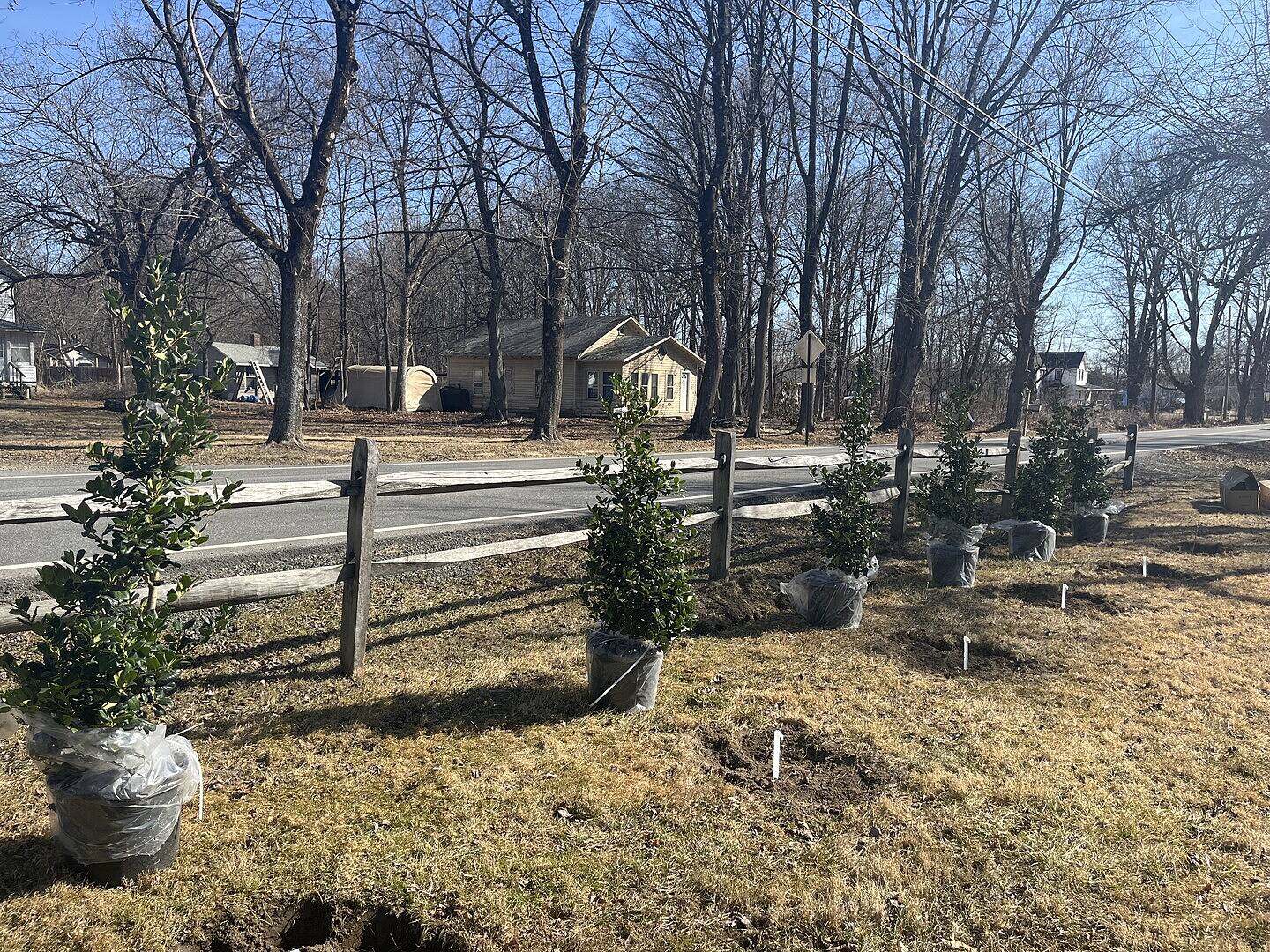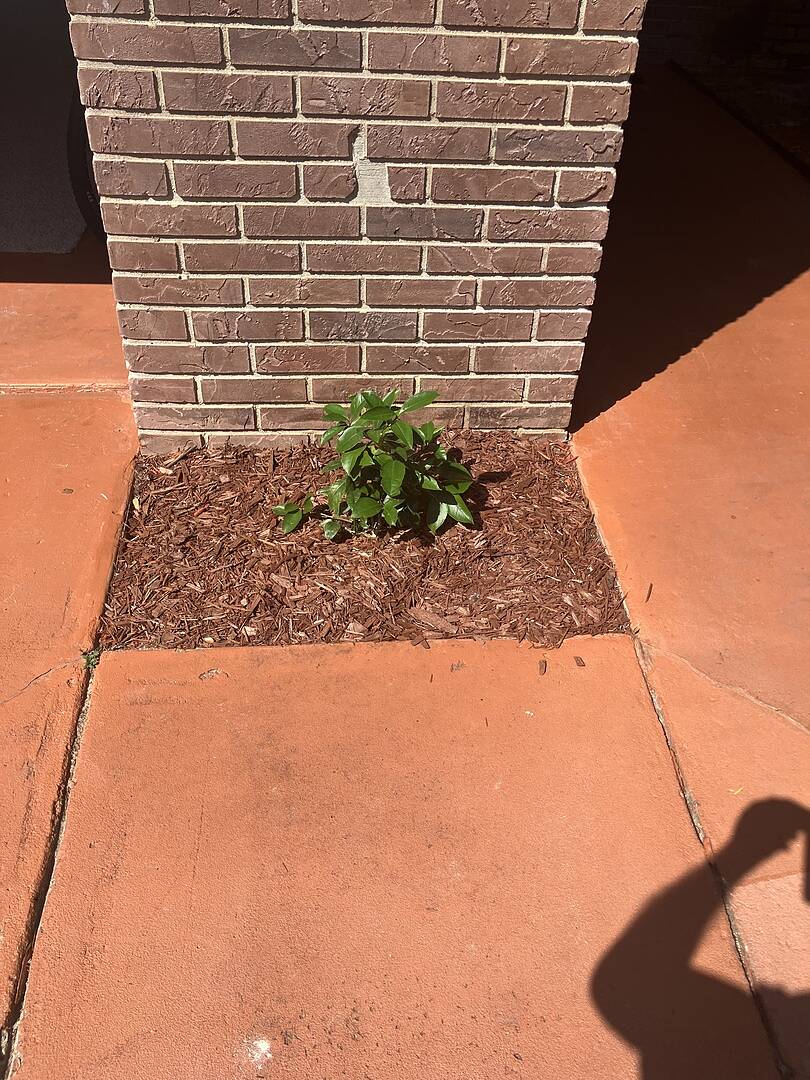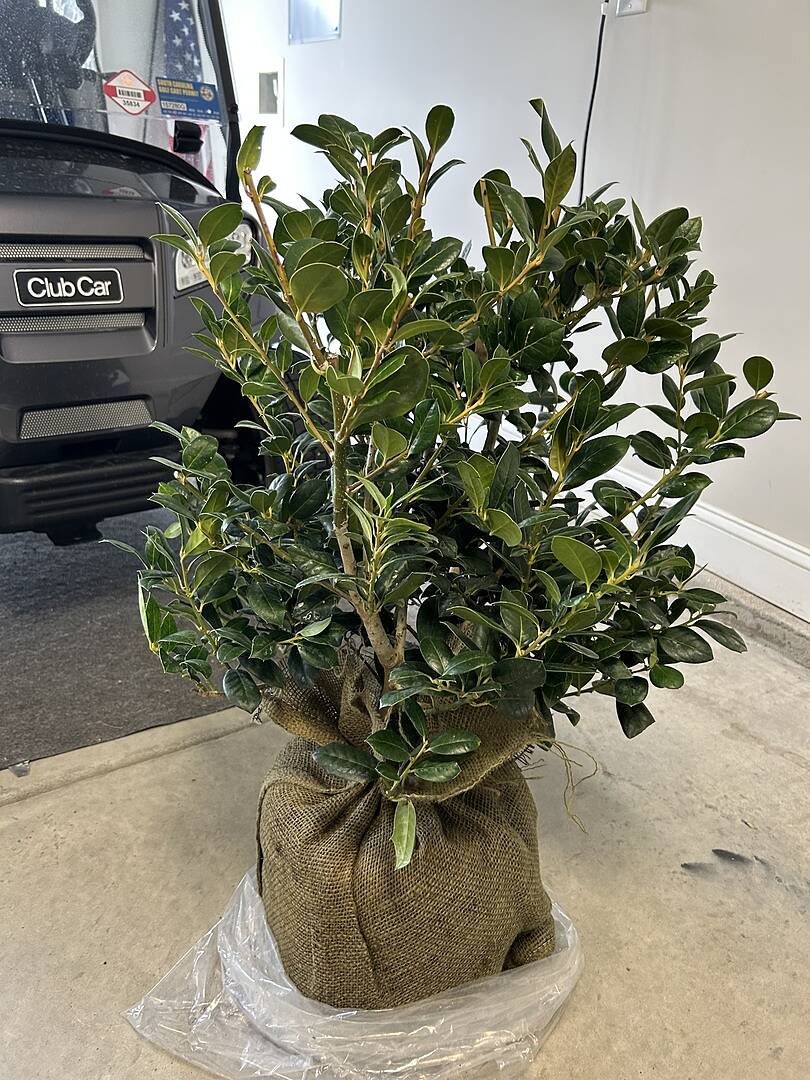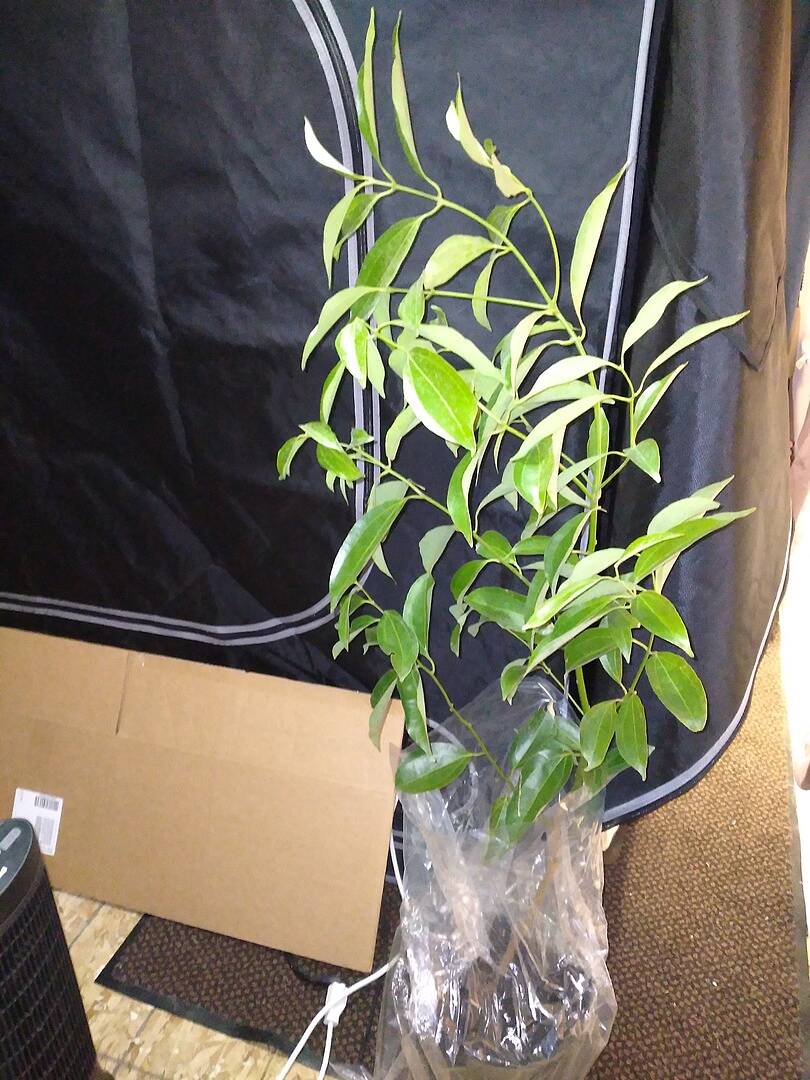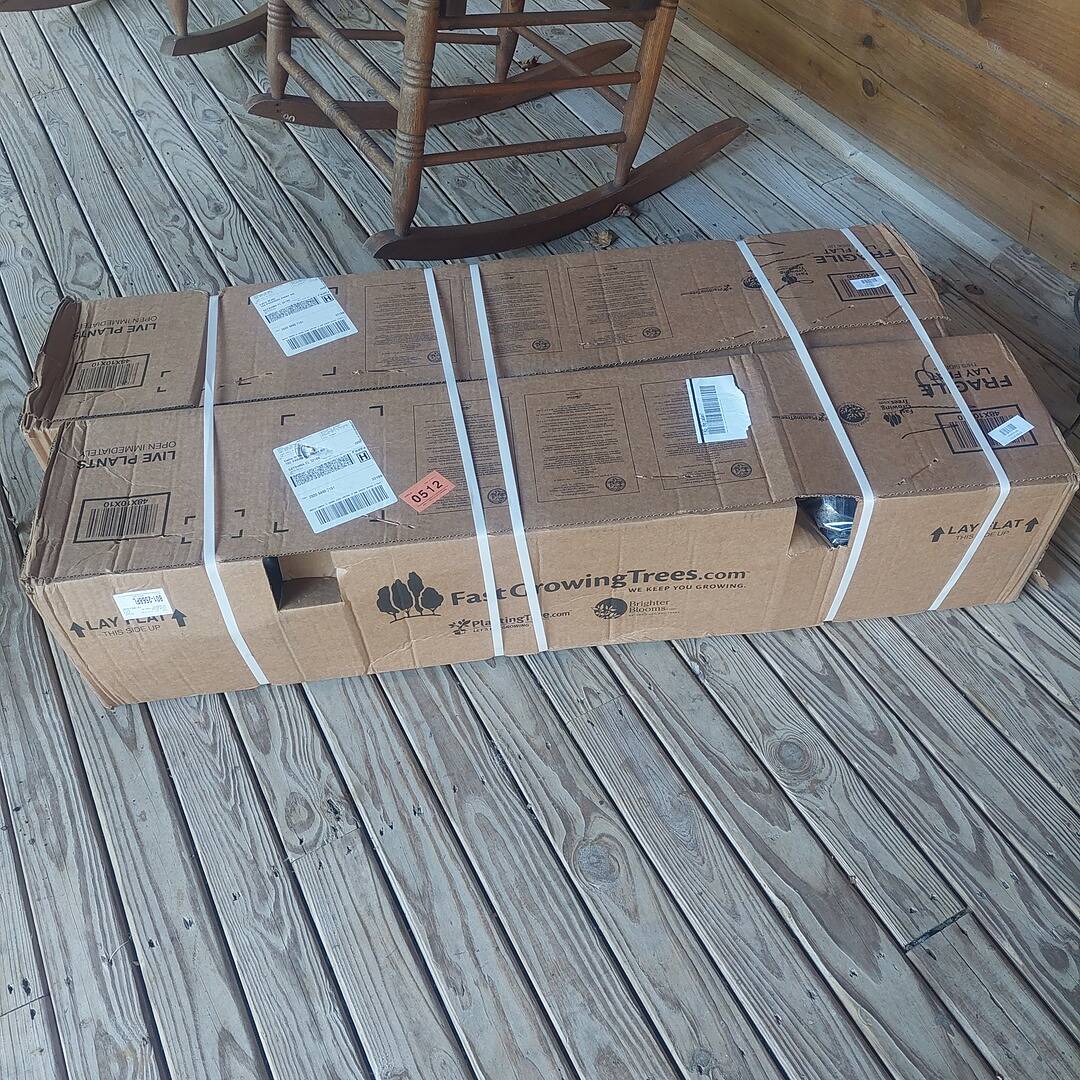Olive Trees: Everything You Ever Wanted to Know

Last updated: May 04 2022


Garden Planning
First, it's important to figure out where you want your Olive Tree to live. Generally, our olives are kept in containers indoors, allowing them to grow nearly anywhere across the country.
If you live in Zones 8 to 11, you can plant in the ground outdoors in a full sun to partial sun area, depending on your variety (any location that receives about 4 to 8 hours of direct sunlight per day). However, we do recommend potting up your Olive Trees - you can keep them outside on your porch or patio while the weather's warm and bring them indoors if temperatures drop. This makes growing your tree that much easier!

For indoor growth, all you need is a sunny window. Seriously - it's that simple. Your sunlight requirements are the same here, so about 4 to 8 hours of sunlight per day will do. Just place your tree in front of a window, preferably one that's south-facing, and watch the growth take off.
Planting Olive Trees
Indoors

From there, planting is pretty straight-forward. For your indoor tree, choose a container that's about one and a half to two times the width of your olive's shipped container.
Keep in mind that you don't have to transfer it right away, but Olive Trees do well in a pot with room to grow. Whatever pot you choose, make sure it has drainage holes for watering.
Outdoors

Outside, dig a hole that's large enough to accommodate your tree's rootball, place your tree, backfill with soil and tamp down. Then, water to settle your tree's roots. You can also mulch the surrounding soil to conserve moisture and keep away weeds - just keep the mulch away from your tree's trunk.
When planting outdoors, remember that the area you choose should have well-drained soil. In general, soil type isn't a huge component, but standing water and excessively soggy spots should be avoided.
FGT Tip: Most Olive Trees are self-fertile, but if you keep your plant indoors, hand pollination can help. Also, two or more trees mean bigger harvests for you!
Caring for Olive Trees
Watering
You've planted your tree - now what? Ongoing care can be daunting, especially for fruit trees, but don't worry - we've got you covered!
First, set a regular watering schedule. Typically, your Olive Tree will need to be watered about once or twice weekly. But if you're not sure when to water, check your soil with your index finger, down to about 2 inches. If your tree's soil is dry here, it's time to water.
For container-planted Olive Trees, our rule of (green) thumb is the same: When in doubt, check your soil for dryness. And when you do give your Olive a drink, do so until you see water draining from the bottom of the pot.
You can also mist your Olive Tree to keep the soil moist, especially when you've turned up your home's heat during the winter season.
Fertilizing
You don't have to fertilize your Olive Trees, but you may see bigger harvests if you do. When you're ready, fertilize your trees twice yearly with a high-nitrogen blend, such as 17-6-10, in a time-release formula. Follow the label instructions, and watch the fruits of your labor pay off.
Pruning and More
Thankfully, you won't have to deal with any serious pest or disease issues. Any issues that do arise can be mediated by cleaning your leaves.
The most common disease seen with Olive Trees is scale, which is easy to eliminate by using a natural insecticidal soap or BioNeem.
And pruning is simple, too. Thin out your young plants to three or four main branches for better fruiting potential. After blooming in the spring, clip the tips of your branches.
Harvesting Olive Trees
You've flexed that green thumb, and now it's time for the best part: Home-grown olives! You can take full advantage of your Olive Tree, from its beauty to its harvests, whether you're snacking, cooking or making your own oil.

Harvest time can vary based on variety, but generally, you'll know when your olives are ready by their color. The Arbequina, for example, will transition from a light green to soft pink before finally changing to a brownish-purple shade. This last color change will let you know they're ready to pick.
And once you've picked your olives, they're ready for the curing process. You can brine cure or water cure, but curing ensures your olives aren't too bitter.
If you want to make oil, you may need special equipment, but the process itself is pretty simple. Your oil can vary in tone from green to a golden yellow, depending on when you harvest and which Olive Tree you have. But no matter what, you get one-of-a-kind flavor, made even better by the fact that it's from scratch.
Selecting Your Olive Tree
Now that you're well equipped with olive planting and care tips, it's time to pick your favorite! Luckily, you can't go wrong, from the customer-favorite Arbequina to the Greek Koroneiki. Check out all we've got to offer, and get growing!
FAQs

Written by
Blair Brown
Blair is the Content Marketing Manager at FastGrowingTrees.com, and though she's not your traditional gardener, the planting world is definitely growing on her (pun intended!). She's enjoyed digging into plant care and maintenance and growing her plant collection, especially with exotic indoor varieties.
Featured Product
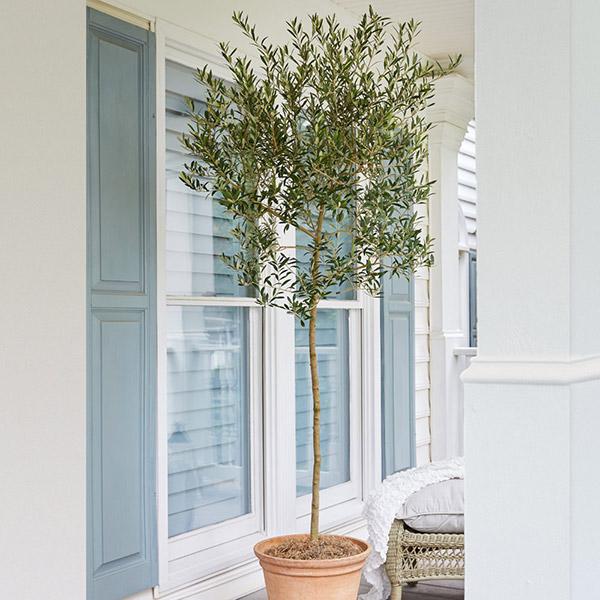
Arbequina Olive Tree
467 reviewsStarting at $49.95












































































